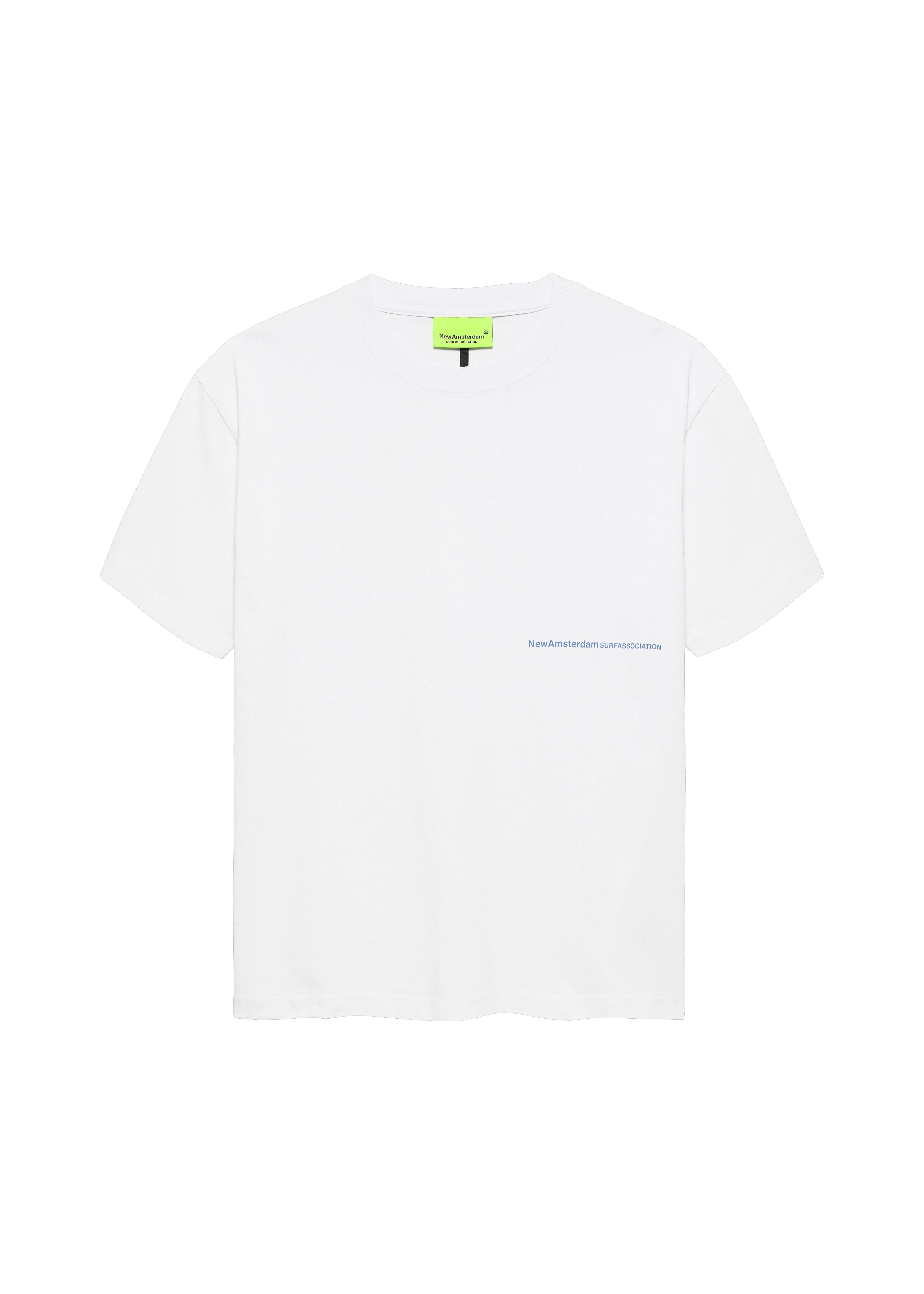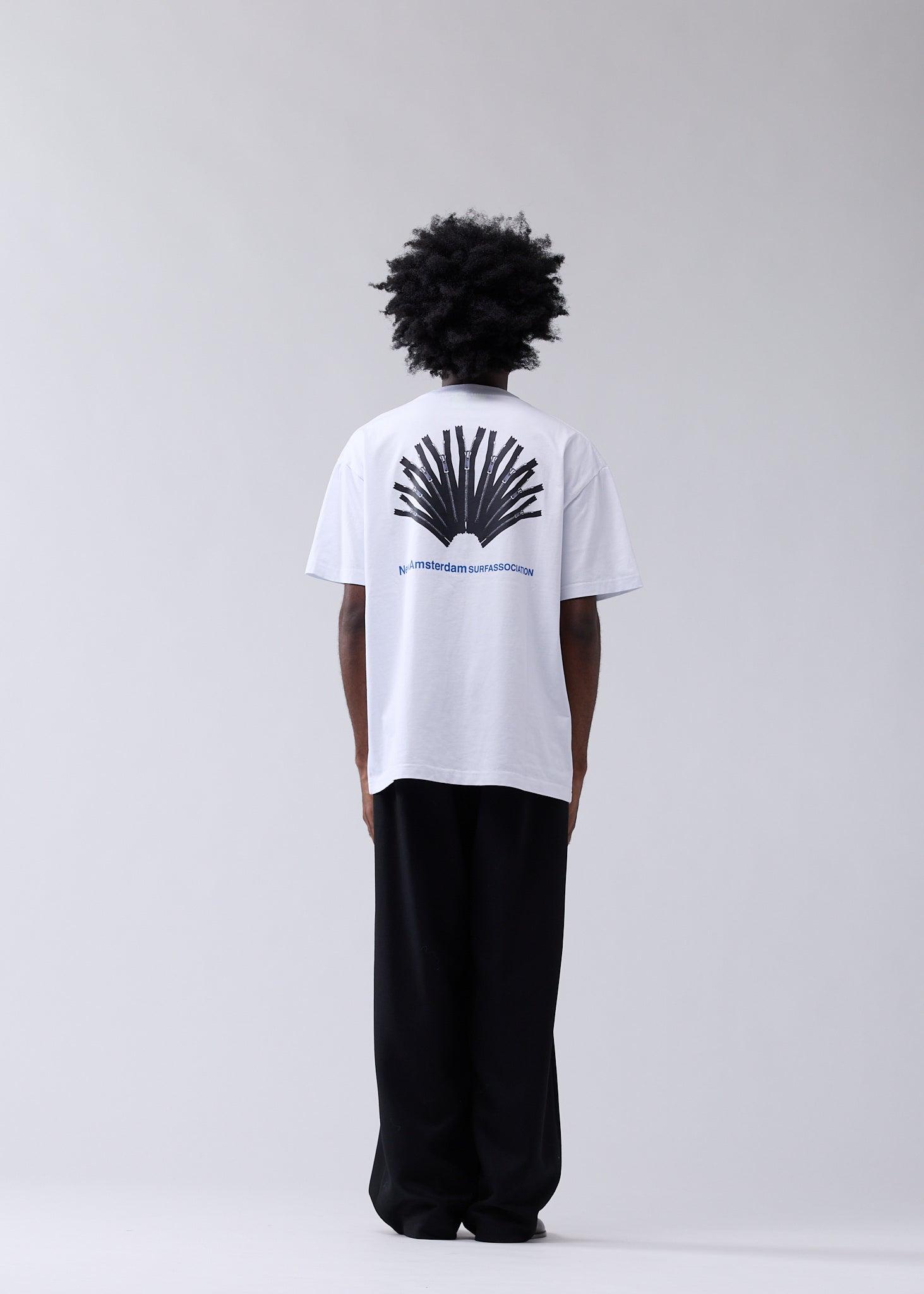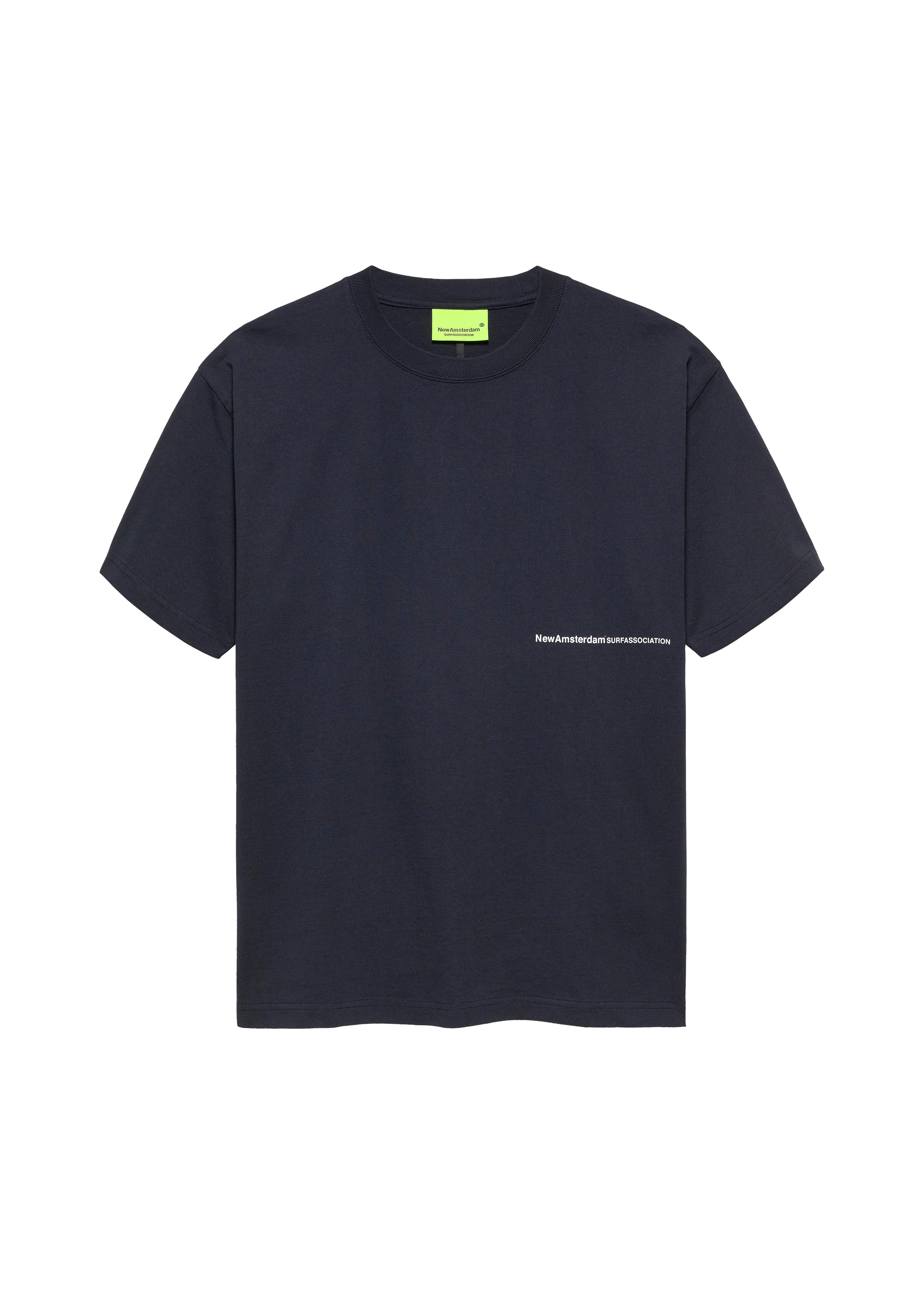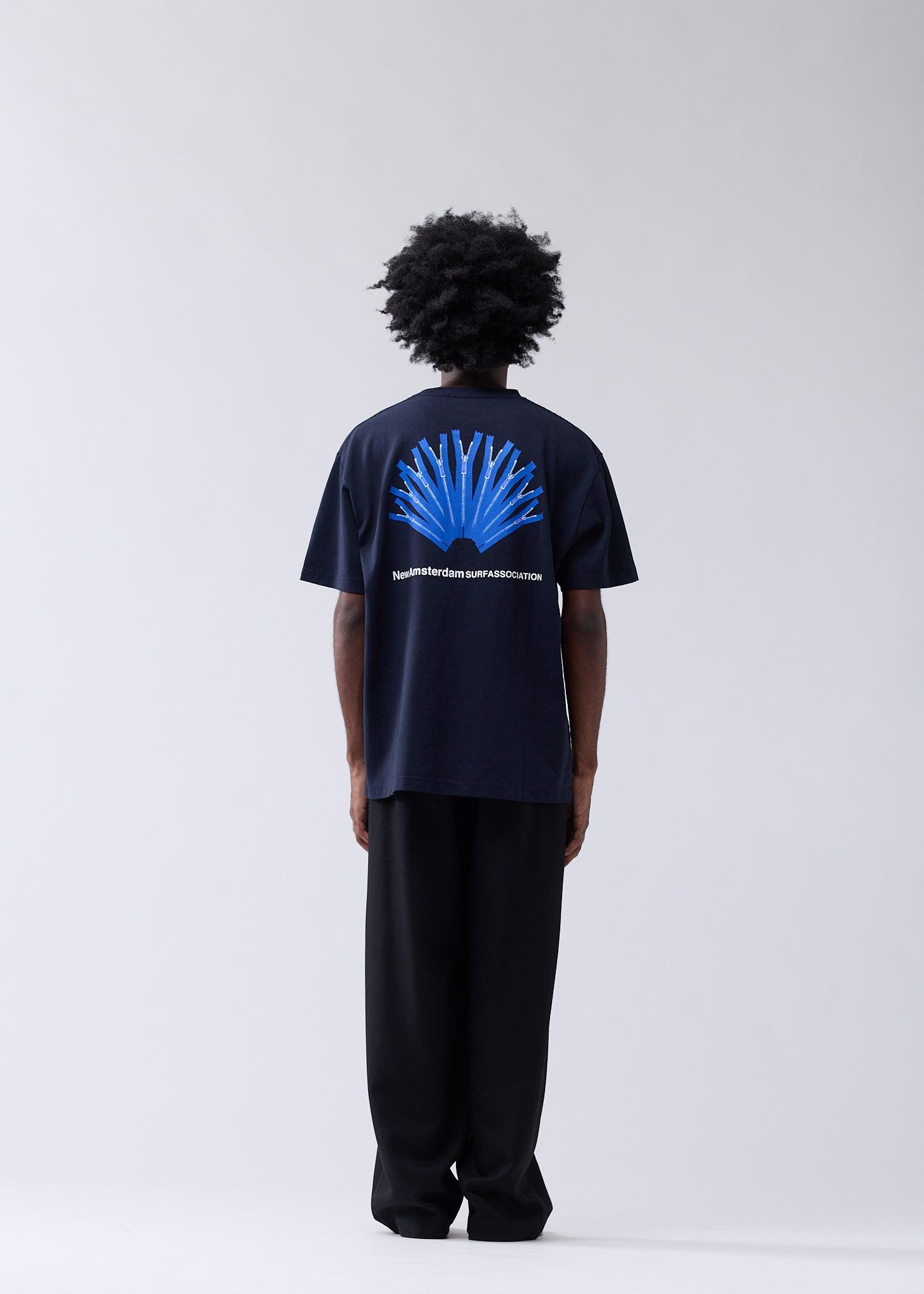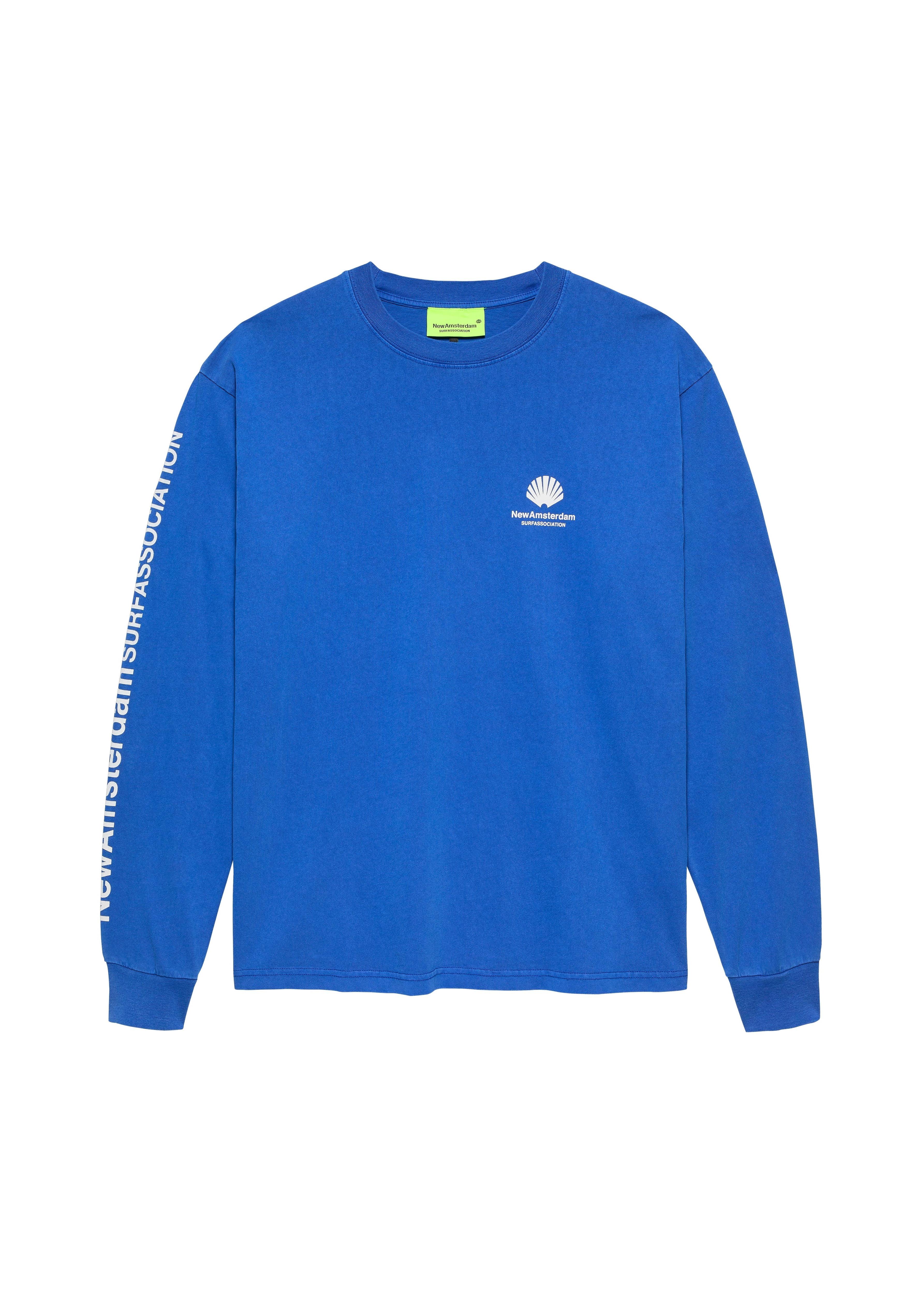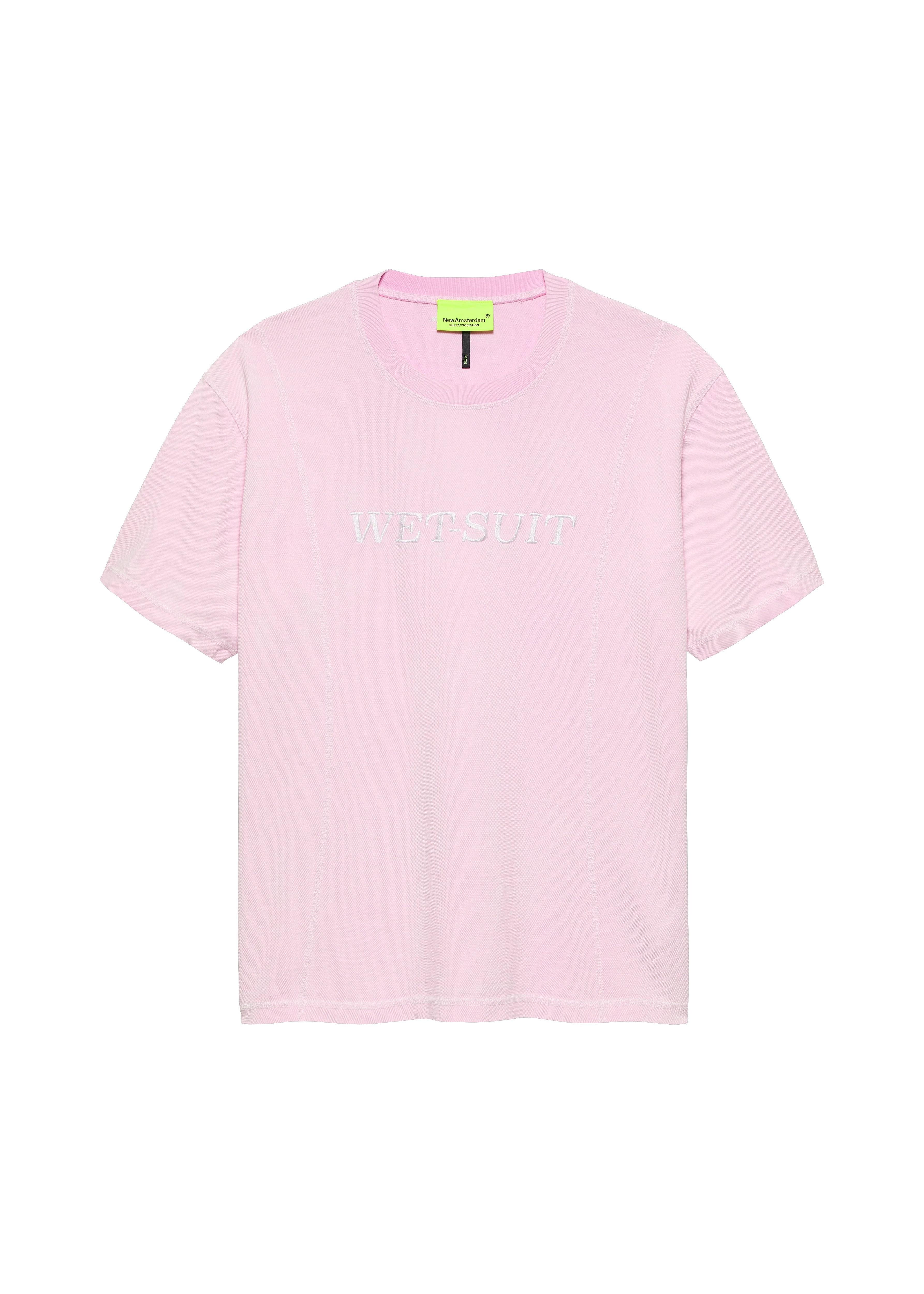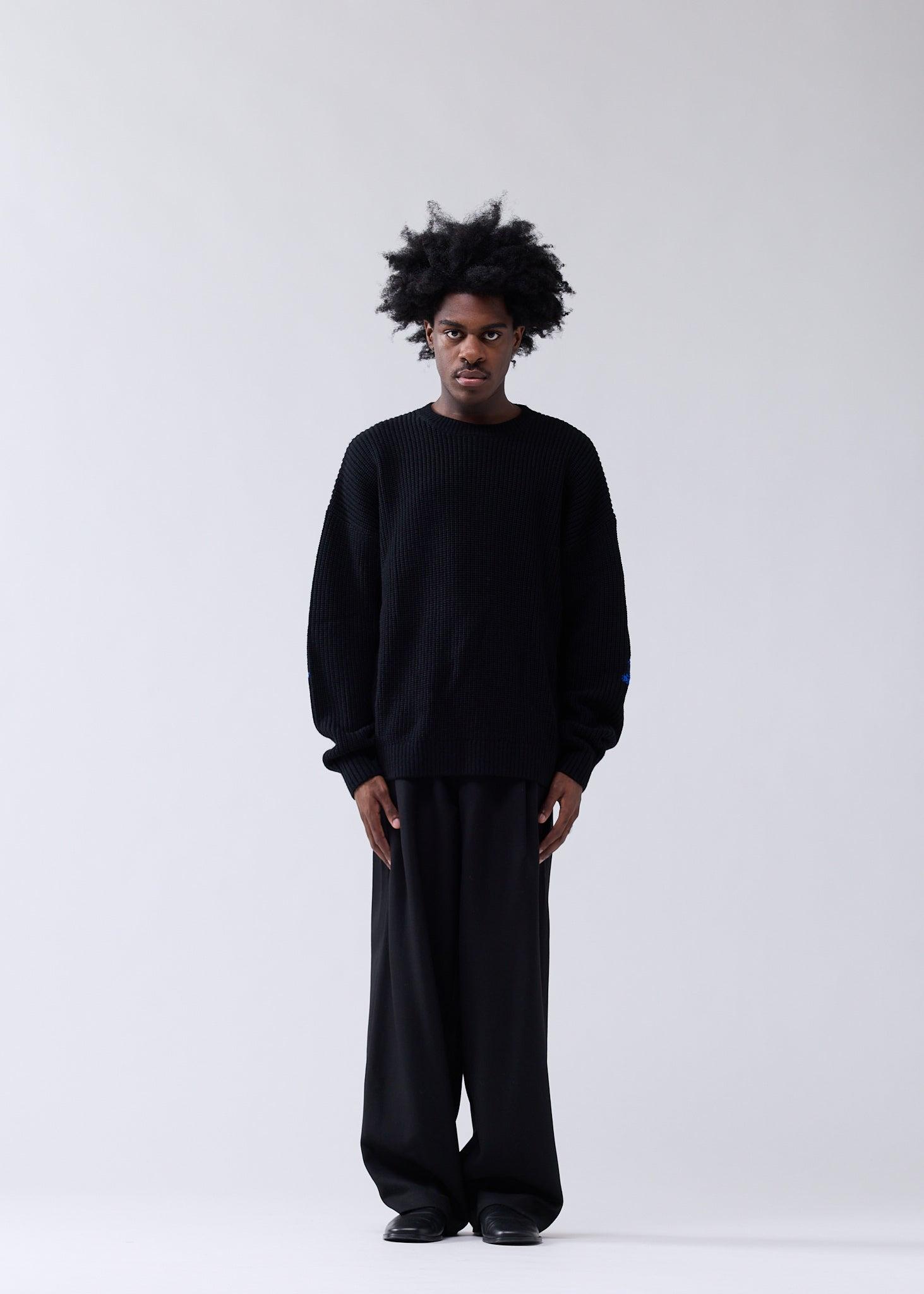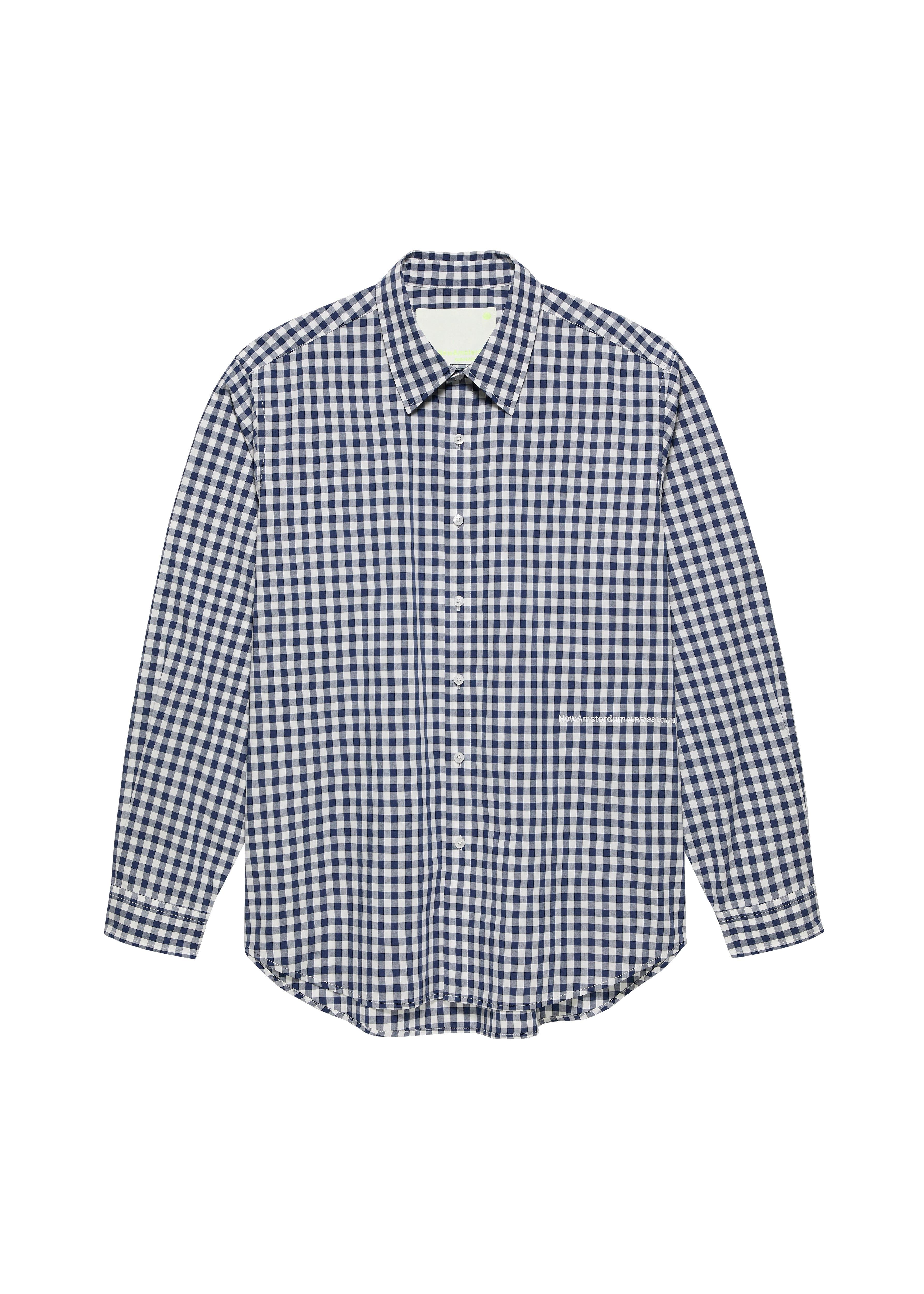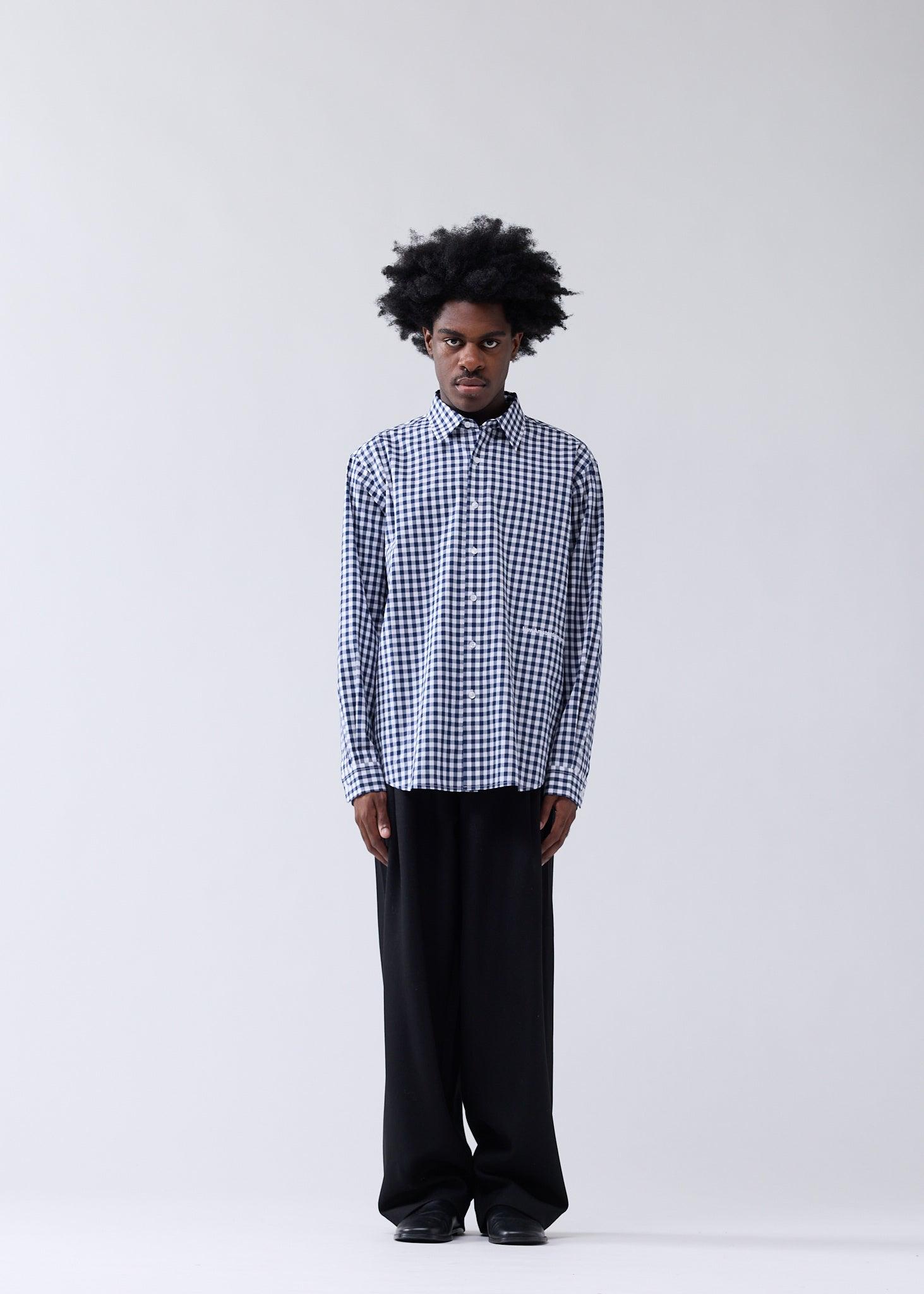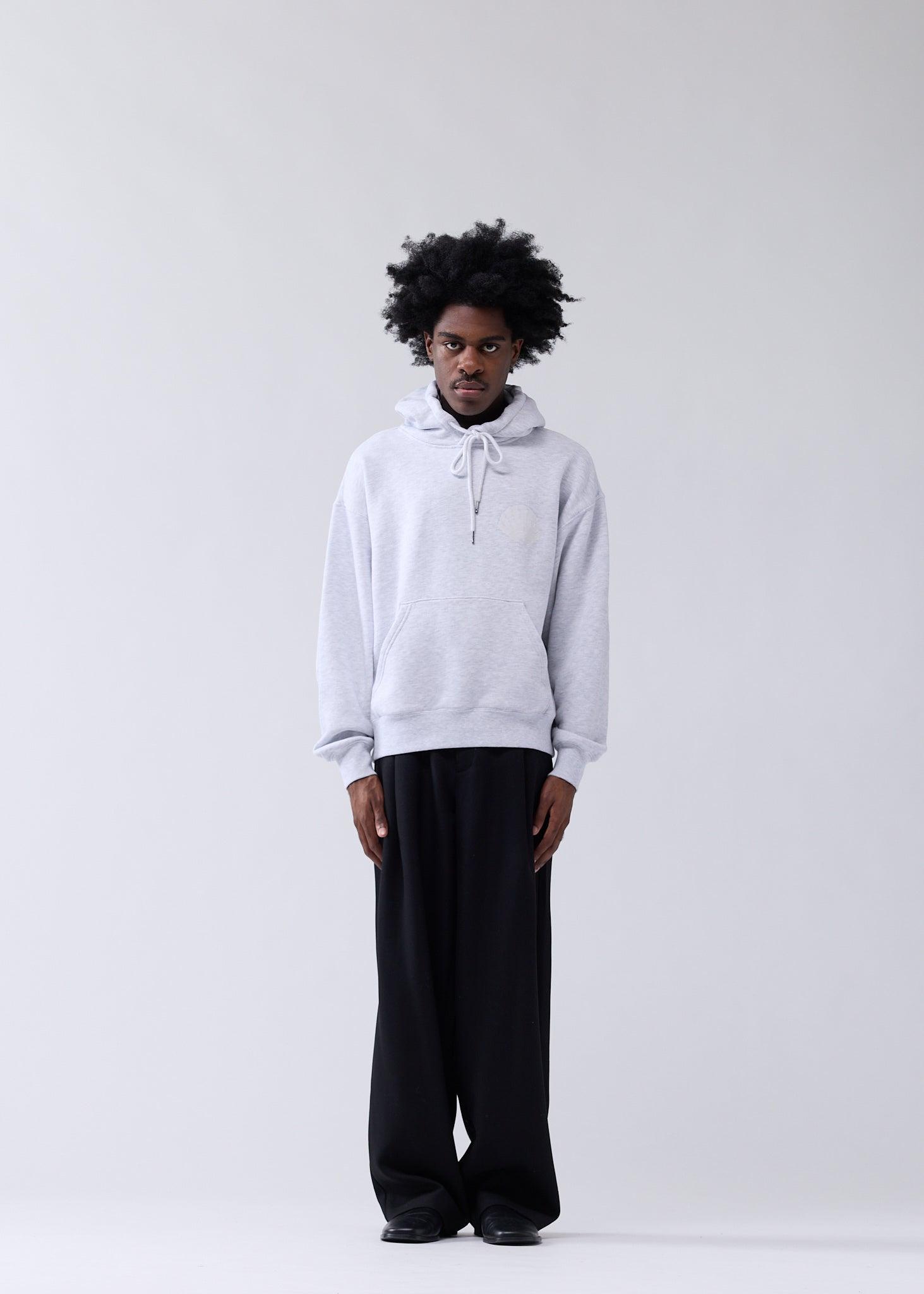Meet the team: JAAS ROEPER
Explore the world through the eyes of an artist who blends sound, imagery and storytelling to create immersive experiences that challenge perception
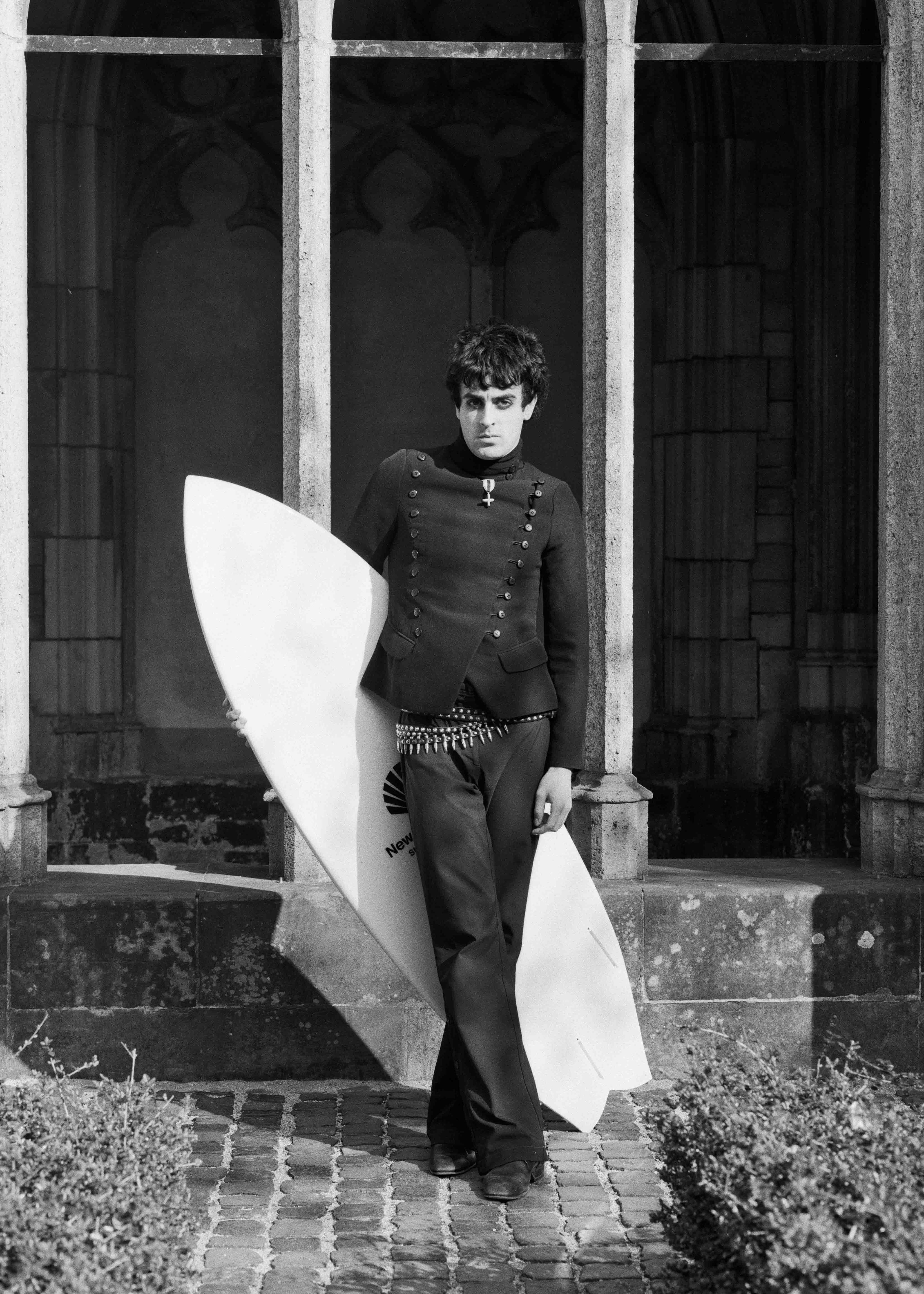
How did you get into art and surfing?
I got into surfing through my brother, who often went with a friend. We lived close to the beach, so it became a regular part of our lives. As for art, I was exposed to it early because my parents took us to museums. Over time, I developed my own taste and gradually started creating. It wasn’t a sudden decision but more of a continuous exposure to art that made me want to try it myself.

What is your goal with your work?
I want people to immerse themselves in the world I’ve created, whether through film or a gallery. It’s about creating an atmosphere that people can feel, not just observe. That's why I focus on sound, imagery, film, and creating objects to help people experience it more directly. For me the experience is more important than telling a clear story. I use sound and objects to build that environment and make the audience feel a certain way, whatever that feeling may be. It’s about creating a world where people can dive in. I'm drawn to sci-fi and horror films because they exist in their own worlds, with their own rules, which allows for more creative exploration.
Where do you draw inspiration from?
I think it all starts off with what fascinates and sparks your interest. I find inspiration by diving into—film, music, books, etc. I research deeply into these interests, exploring subgenres until I find a niche. I draw heavily from horror and sci-fi films from the 70s and 80s, particularly directors like David Cronenberg, Shuji Terayama, Andrei Zulawski, and Ken Russell. I enjoy the way these films make me feel, not just the stories. I study every aspect—music, props, costume, and the atmosphere—and this influences my own work.
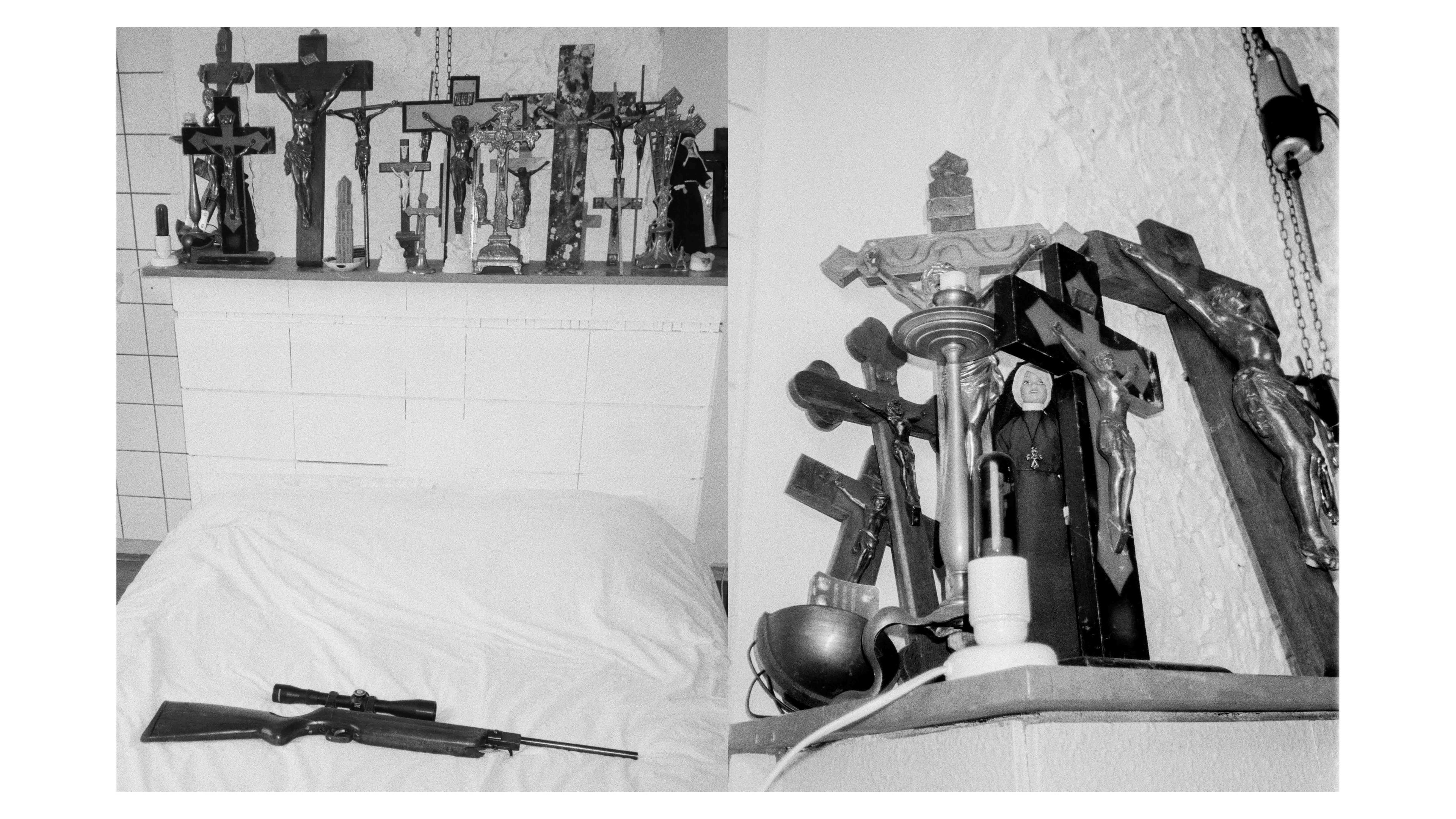
How does your creative process work?
It always starts with an image or scene I envision—something I can see happening in my mind. From there, I carefully plan how to achieve that vision. I often scout locations, and the surroundings play a big part in my work. It’s about finding a place that fits the atmosphere I want to create. Whether it’s film or photography, the backdrop is crucial. I love working outdoors or on location to bring my ideas to life.

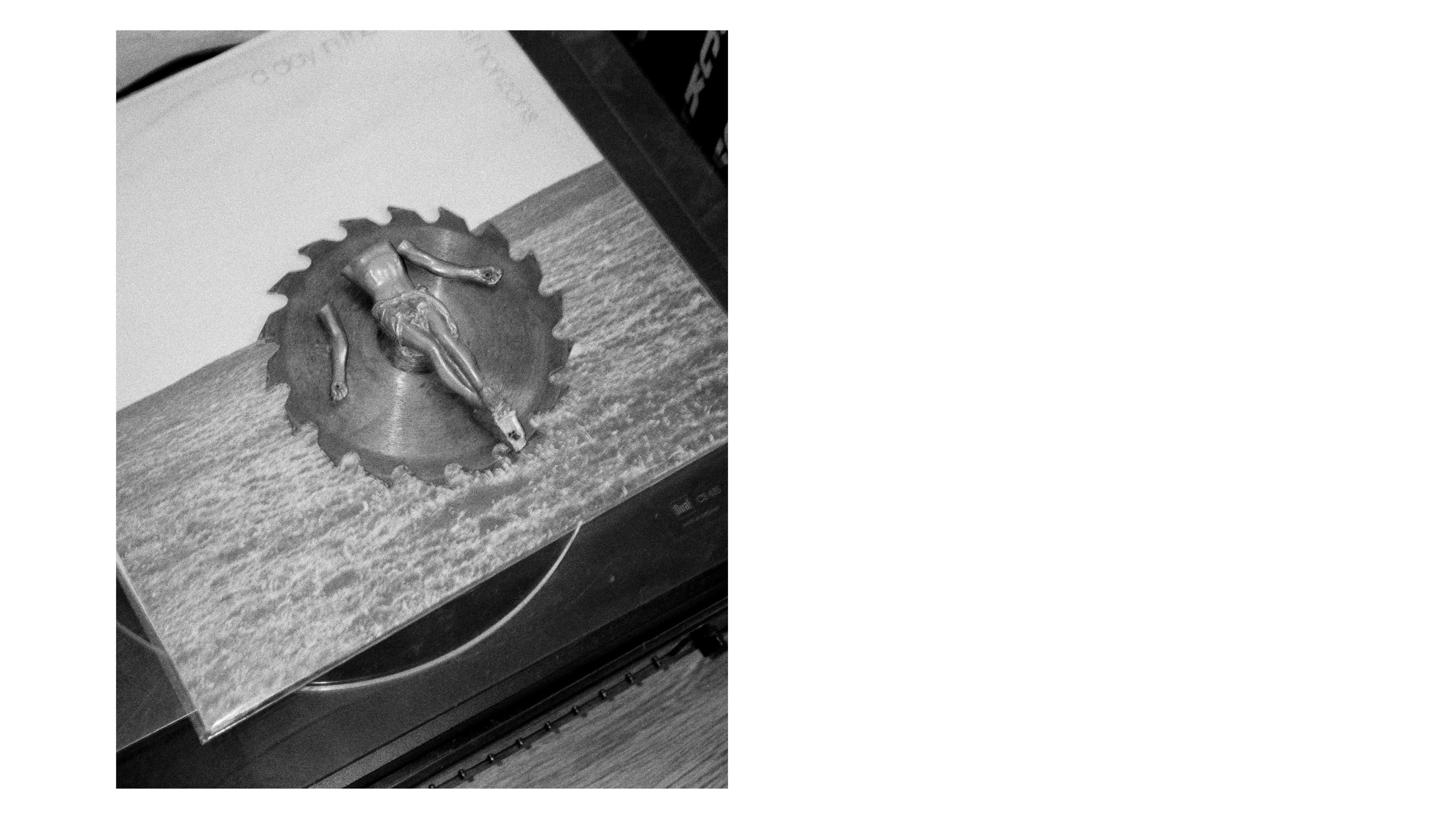
Do you have a preference for materials or techniques?
I’ve developed a consistent style over time. For film, I shot my graduation film on 16mm because I love the look it gives. I continue to use it, along with specific color grading and camera techniques. For photos, I shoot exclusively in black and white, using a specific camera and film to maintain the same style across all my work. However, I’m open to experimenting with new materials and techniques, especially in sculpture and other mediums. I’ve recently worked with silver and wood, as I appreciate raw, timeless materials that complement my films and photos.
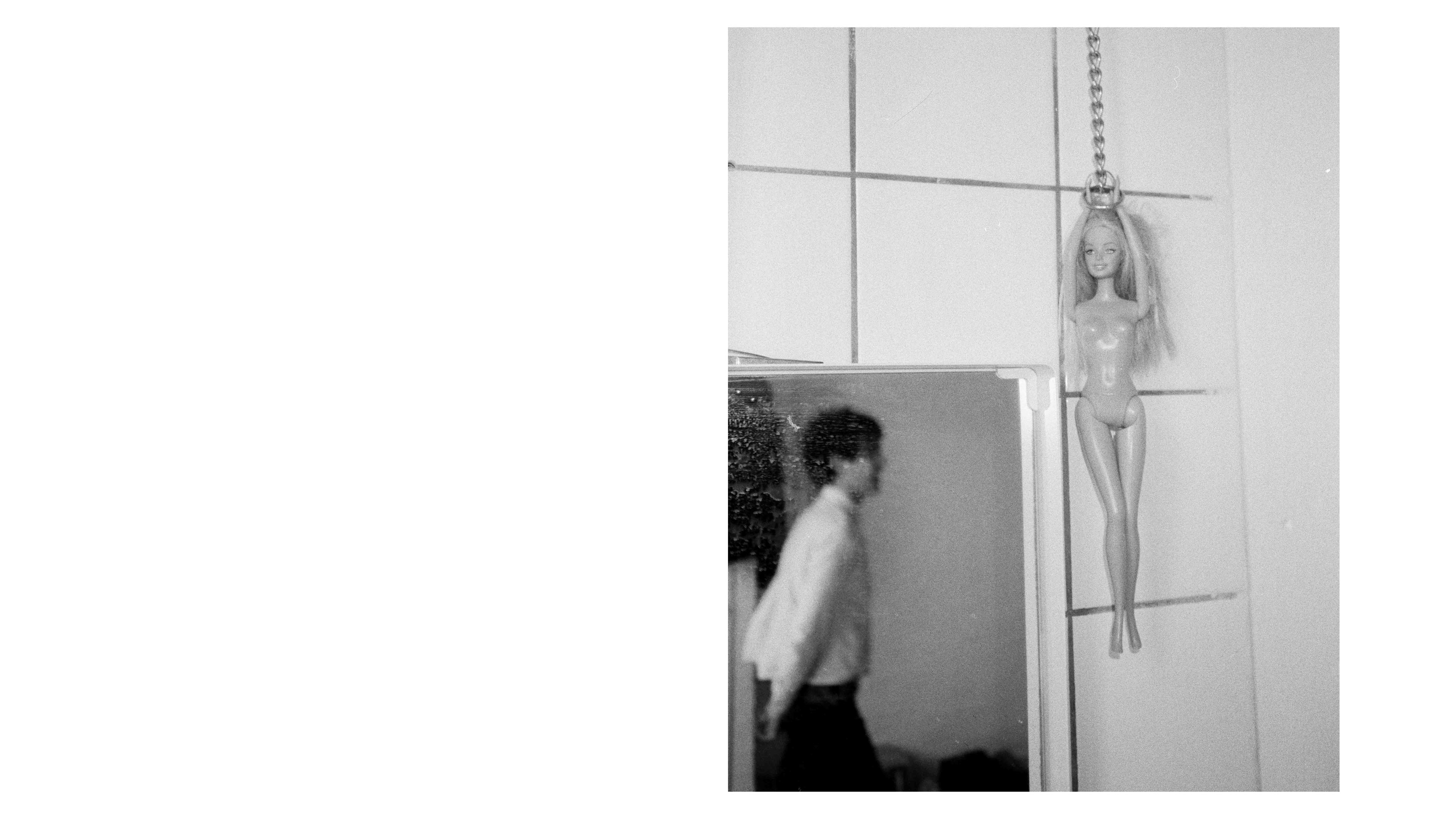
Can you tell us about your recent projects?
Right now, I’m working on a series of self-portraits with a unified visual style. I wanted to move beyond digital photos and create physical objects. That led me to use wooden frames, inspired by a story I explored in my film about people being burned at the stake. The frames are made of burnt wood, adding another layer of meaning. I’m also experimenting with personalizing these frames with other objects to turn the photo itself into an object.
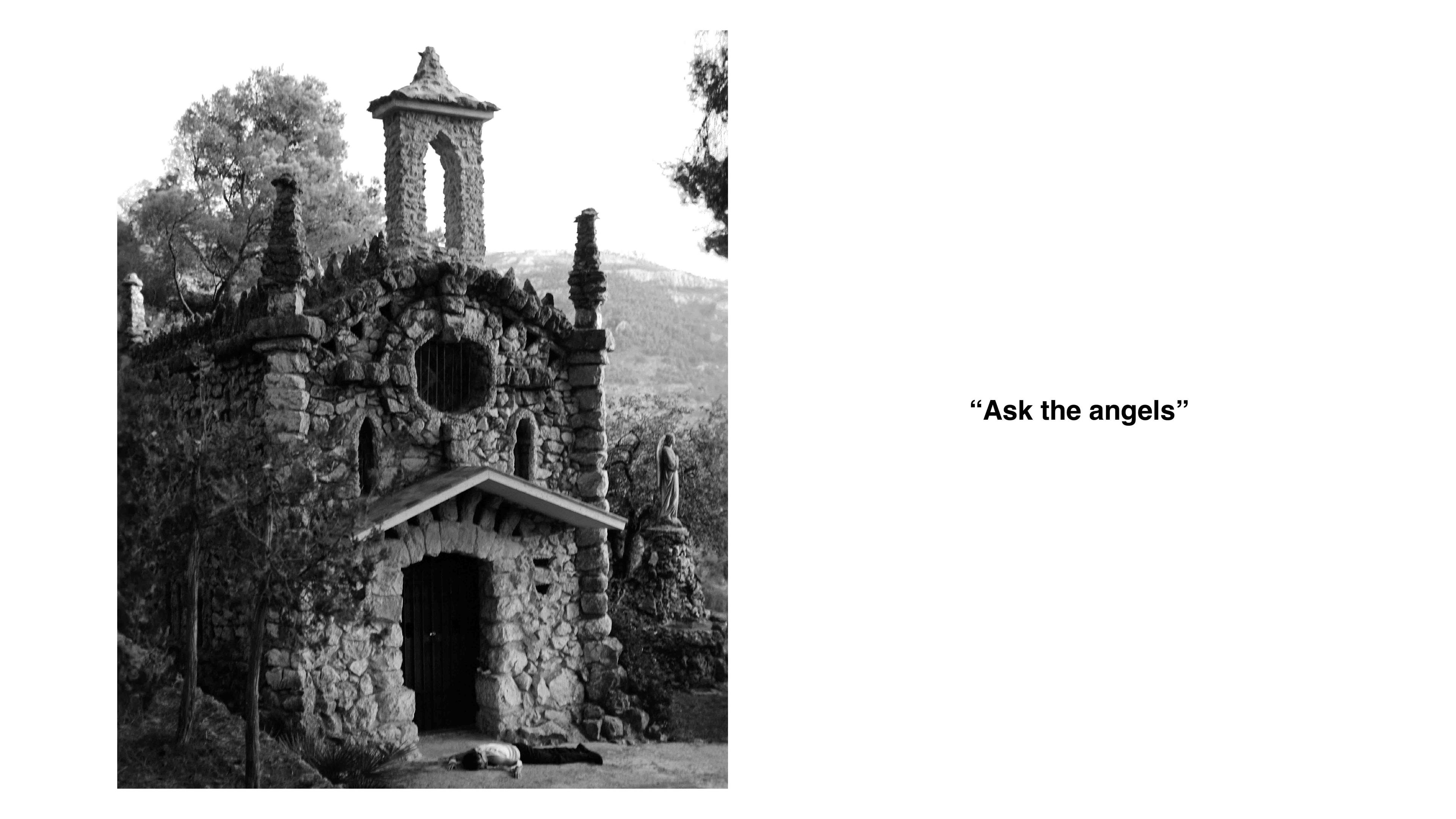

You also mentioned using medals in your work. Could you explain that?
I’ve been wearing medals for a while, and they represent both personal achievement and controversy. A medal might symbolize something good, but historically, they’ve also been awarded for violent acts, like in war. I use these layers of meaning to add depth to my work and provoke thoughts on what these symbols represent, whether good or bad. It’s about challenging societal views. I'm also not religious, but I’m fascinated by religious symbols, especially because they carry so much historical weight. The cross, for example, is a powerful symbol that’s recognized worldwide. I’m more interested in how these symbols have been used throughout history, and how I can reinterpret them in my work.



You also seem very intentional with your fashion choices. How does fashion play into your art?
Fashion is a form of self-expression. It’s the first thing people see and can instantly communicate something about who you are. I see it as a way to express my interests and identity, much like showing someone the music you listen to. It’s a way to belong to a subculture and make a statement.

If you could collaborate with any artist, dead or alive, who would it be?
That’s a tough one, but I think I’d love to work with someone who challenges norms and pushes boundaries, like Hieronymus Bosch or maybe a contemporary artist who shares a similar rebellious spirit.
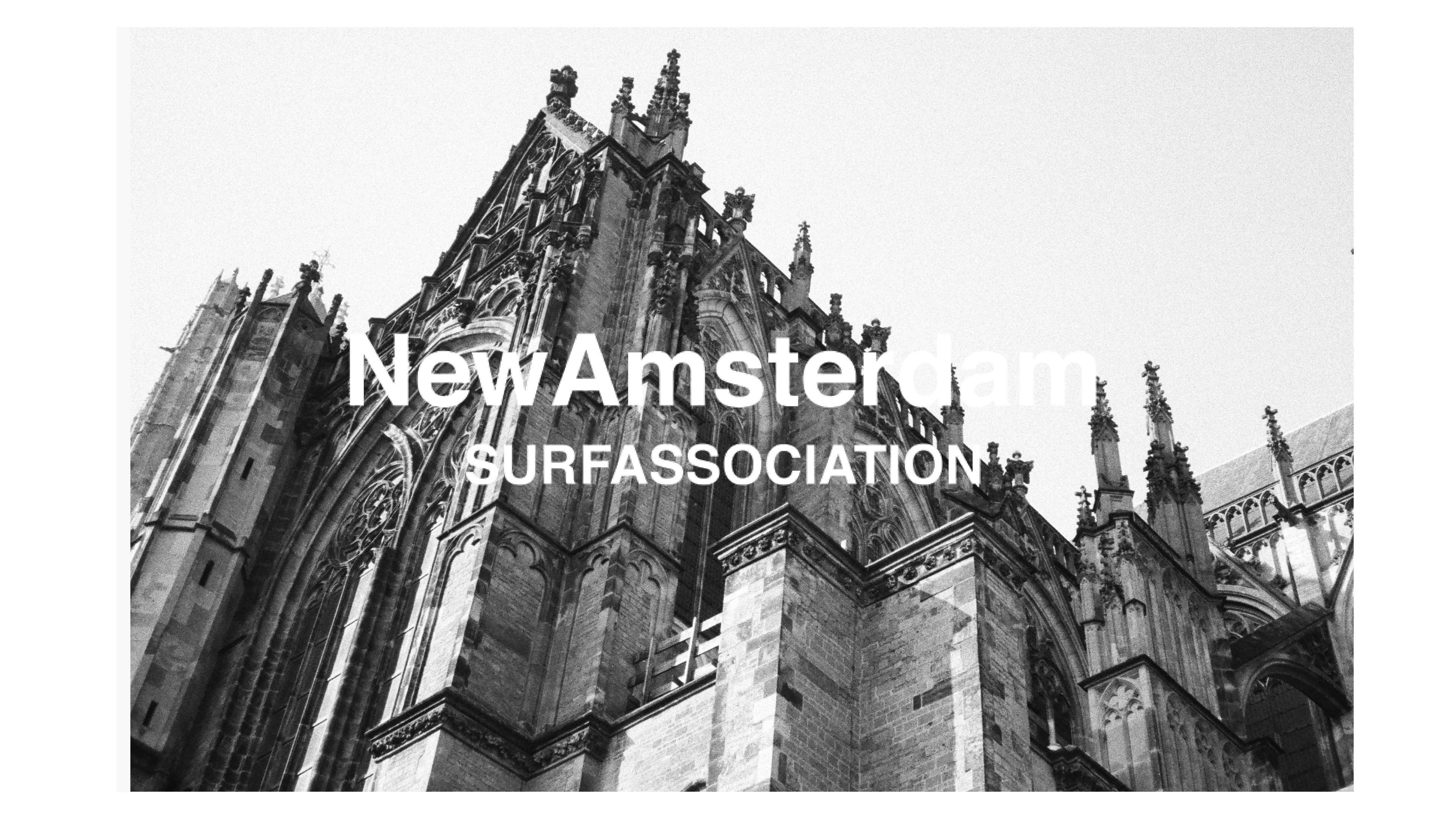
Quick questions
Favorite medium to work with?
16mm film.
Favorite snack?
Any candy.
Front side or back side?
Front side.
Favorite place when you're not working?
Outside.
One word that describes your art?
Pagan.
Favorite place or environment to find inspiration?
Places with a sense of history, that’s where I find most of my inspiration.
What do you think the future will be like?
It’ll be nice if we keep pushing boundaries and challenging ideas.
